Yesterday morning, in the report examining the draft Law amending and supplementing a number of articles of the Law on Technology Transfer submitted to the National Assembly, the Committee on Science , Technology and Environment made a notable proposal, which is to "review and study additional incentive mechanisms to effectively implement the policy of "diffusion of technology... from foreign-invested enterprises (FDI) to domestic enterprises".
It can be said that the above proposal has hit one of the biggest paradoxes of our country's economy after nearly 40 years of attracting FDI: we have been very successful in attracting FDI, making this capital flow one of the important driving forces for economic growth for many decades, but have not yet taken advantage of this capital flow to upgrade national technological capacity. Instead of creating a resonant ecosystem, the connection between the FDI sector and the domestic enterprise sector in recent times has remained very loose, the spillover effect is not clear even though there have been many "red carpet" policies applied to FDI enterprises.
The above reality has a fundamental cause from the fact that recent FDI attraction policies have mainly been operated in the direction of: focusing on tax and fee incentives... with the hope that technology diffusion will automatically take place. The Investment Law, the Corporate Income Tax Law or the Technology Transfer Law all have provisions to encourage research and development (R&D) and innovation activities, but the incentives are mainly based on input commitments and not linked to output results. When putting FDI projects "on the scale", in reality, we still focus on factors such as: capital scale, land area, high-tech sector... without really paying proper attention to whether the project can transfer anything to domestic and local enterprises or not.
The 2017 Law on Technology Transfer, despite its clear spirit of encouragement, still lacks specific mechanisms to force FDI enterprises to act. “Encouragement” without “constraints” easily turns into a nice slogan but is difficult to verify. And in reality, instead of spreading, many large FDI enterprises have formed “production oases” - self-sufficient in a closed supply chain. These enterprises import components, assemble in Vietnam, export products, but have little connection and substantial cooperation in technology with the domestic enterprise sector.
Of course, it must also be admitted that diffusion cannot be expected if the “recipient” does not have enough absorption capacity. Most Vietnamese enterprises are still small and medium-sized enterprises, with limited capital, outdated technology, and lack of international management standards and quality standards. Even when FDI enterprises are ready to place orders, domestic enterprises often cannot meet technical requirements or delivery schedules, causing the connection to break down. Technology diffusion is therefore also a matter of how Vietnamese enterprises can be strong enough to “stand” in the same value chain as FDI enterprises.
Looking back at the relevant laws, we can see that we do not lack laws, but the laws have not created specific motivations and obligations to promote the diffusion of technology between FDI enterprises and domestic enterprises.
Thus, regulations must be designed in the spirit of shifting from “incentives to attract” to “incentives based on spillover results”. In which, four key groups of solutions can be considered:
First , conditional incentives. For large-scale or land-intensive FDI projects, provisions on localization, supplier training, and mandatory R&D cooperation should be negotiated and clearly stated in the investment license. Special incentives should only be accompanied by specific commitments and quantitative monitoring mechanisms.
Second, support the recipient. When an FDI enterprise participates in “sponsoring” a Vietnamese enterprise to become a supplier, the State should support the Vietnamese enterprise in terms of credit, consulting, and standard certification. In return, the FDI enterprise is entitled to tax deductions corresponding to training costs, if the transfer results are proven.
Third, reward spillover results. There should be a mechanism of “additional incentives” for FDI enterprises that make substantial contributions: helping Vietnamese enterprises participate in the global supply chain, transferring processes and technology, or placing domestic research orders.
Fourth, building a connected ecosystem. A national connection platform between FDI enterprises and Vietnamese enterprises, along with shared R&D and testing centers supported by the State, will be the soft infrastructure to spread knowledge and technology.
The above mechanisms not only create “positive pressure” for the FDI sector but also open a “way up” for Vietnamese enterprises – from dependence to initiative.
Amending the Law on Technology Transfer is an opportunity to adjust and realize the goal of technology diffusion, so that FDI is not only a source of capital, but also a catalyst for domestic technological capacity. If we only “open the door” without “connecting”, providing incentives, creating motivation without measurable and monitorable binding obligations, then no matter how high-quality FDI capital is, it will be difficult to contribute sustainably to the goal of technological autonomy. On the contrary, if we know how to set the right conditions, support accurately, and monitor sufficiently, FDI will become a “flow” that nurtures Vietnam’s innovation ecosystem.
Source: https://daibieunhandan.vn/lan-toa-cong-nghe-can-dong-luc-va-ca-nghia-vu-10393899.html














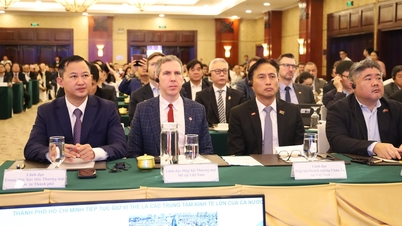


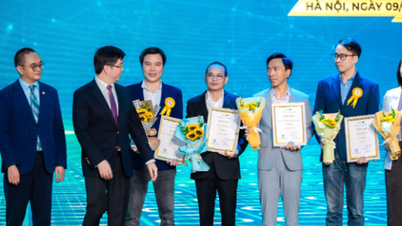

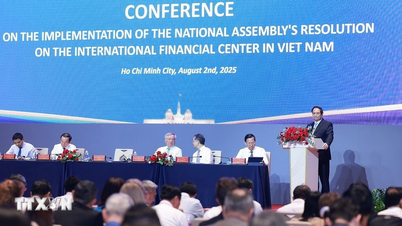

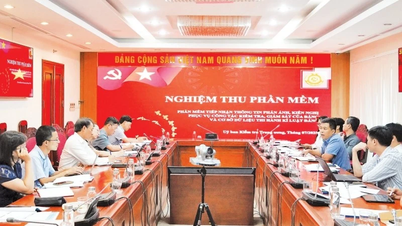

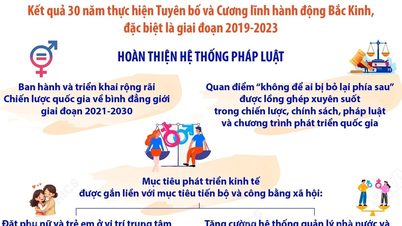









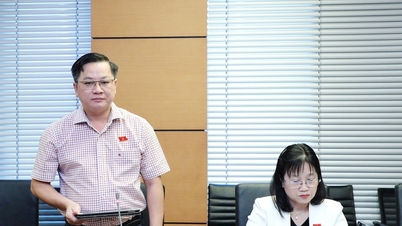
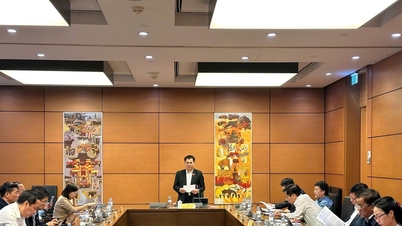
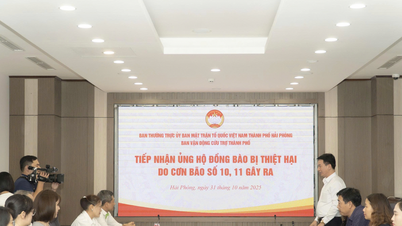
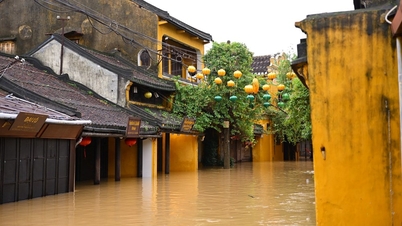





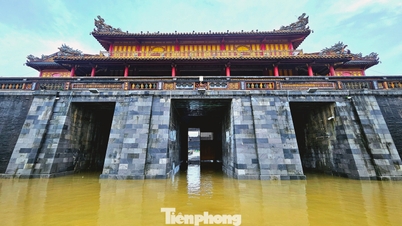

















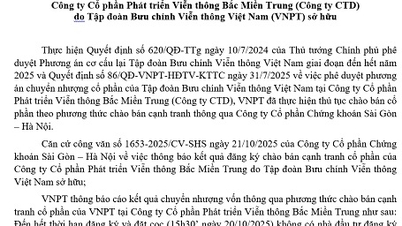
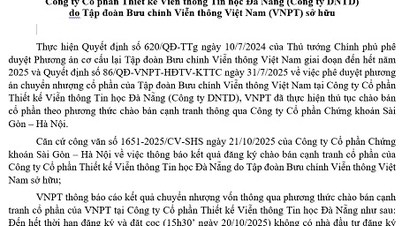


















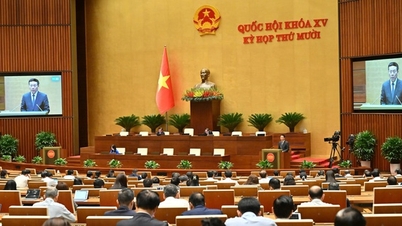


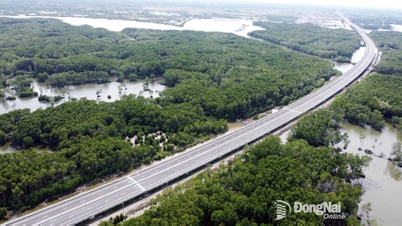








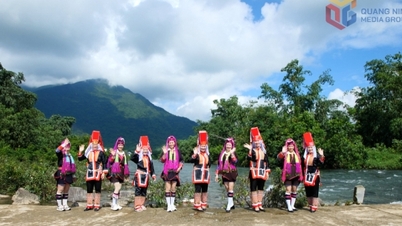















Comment (0)